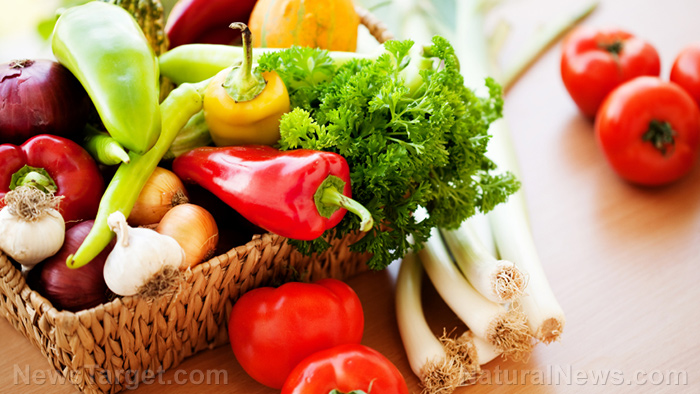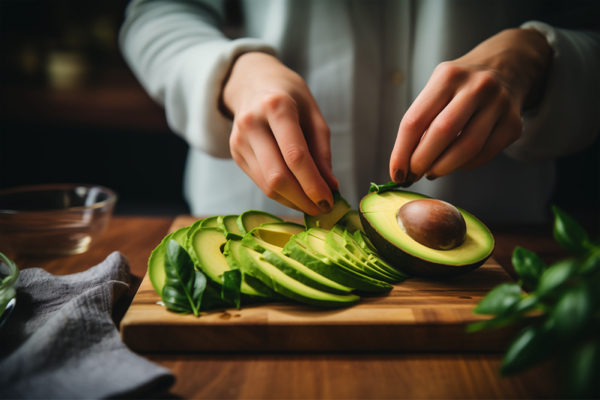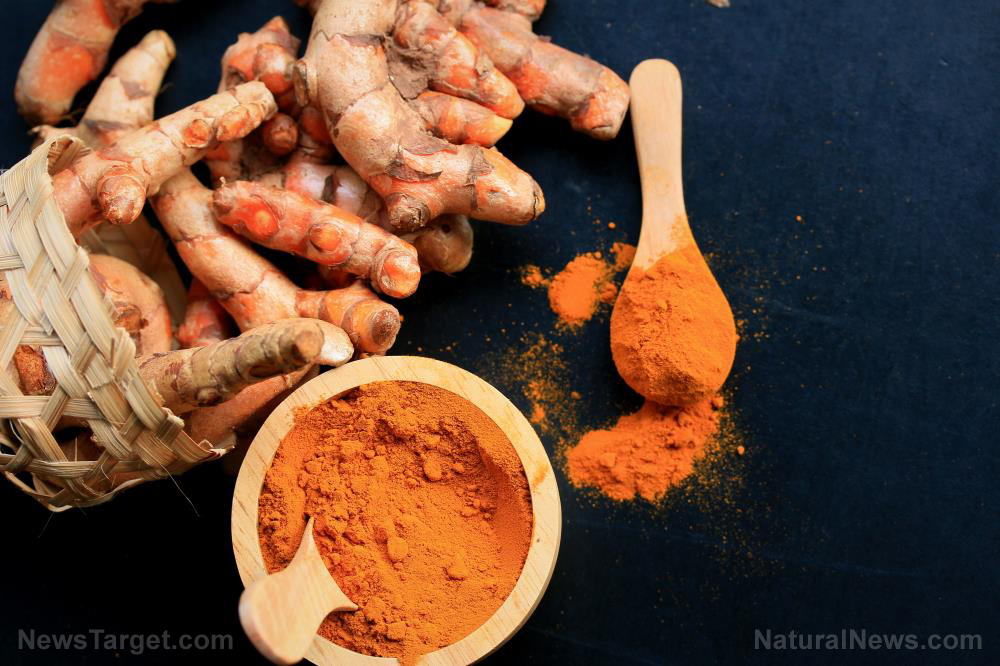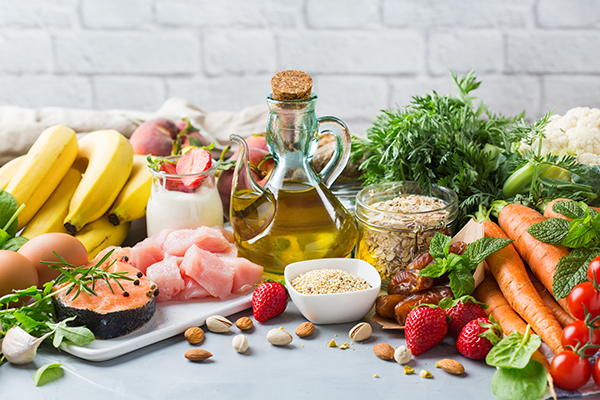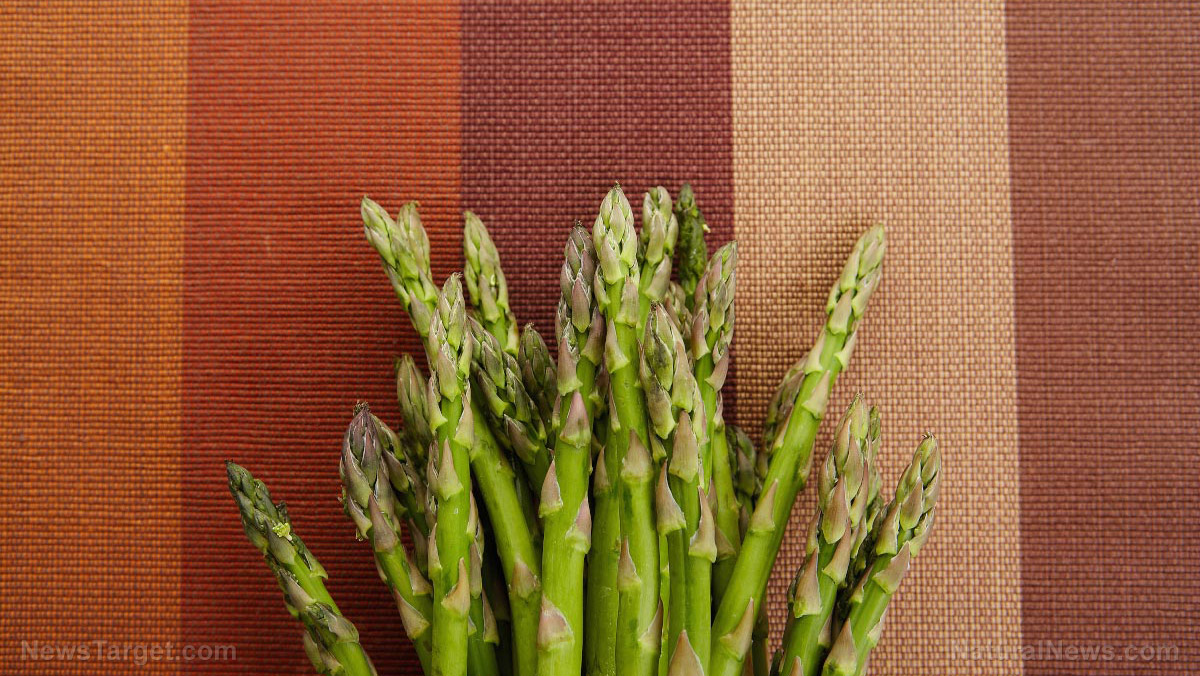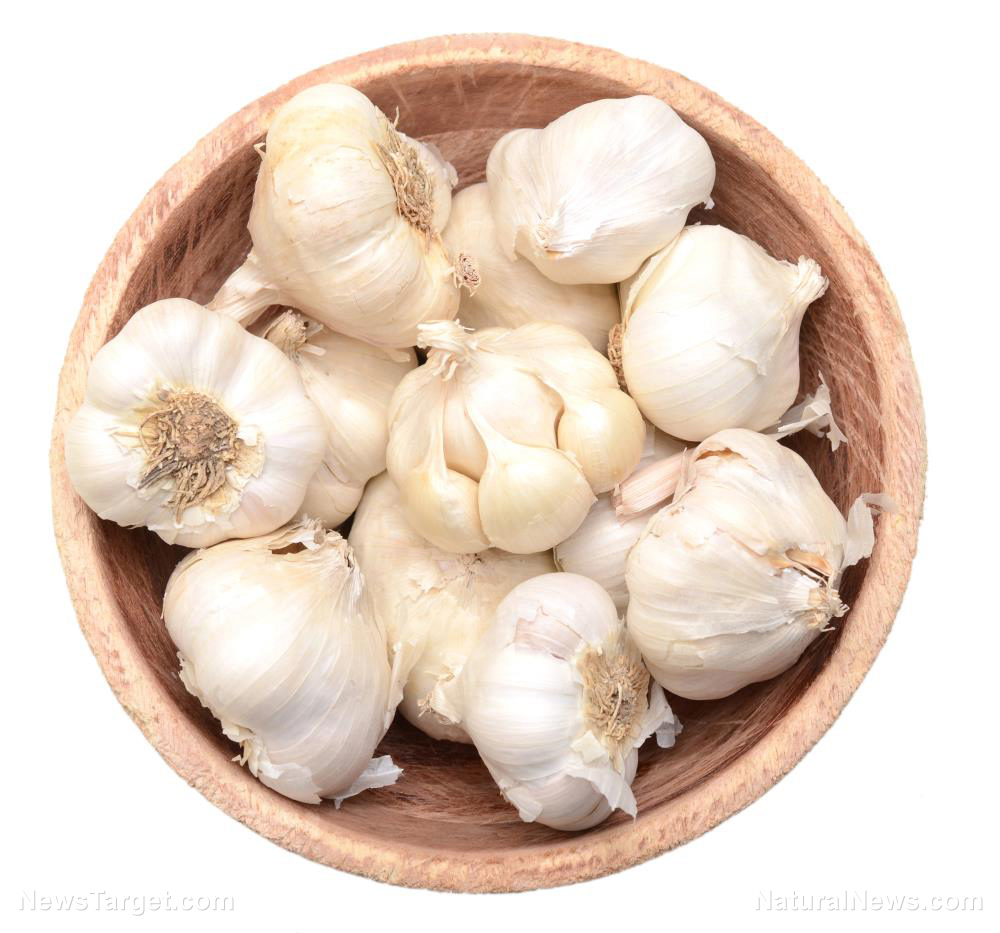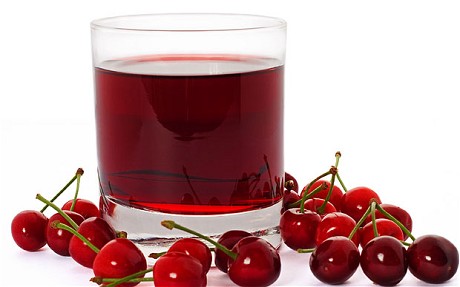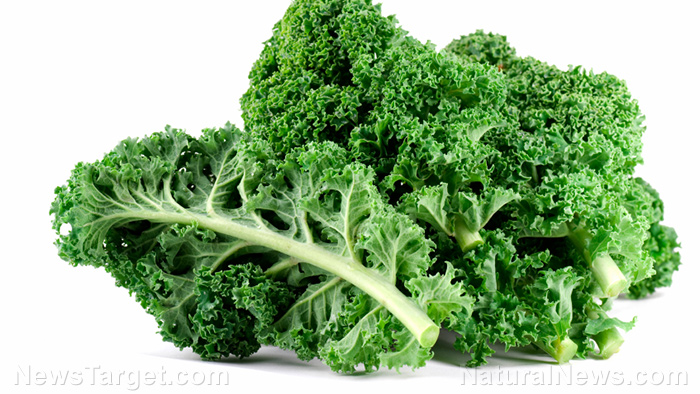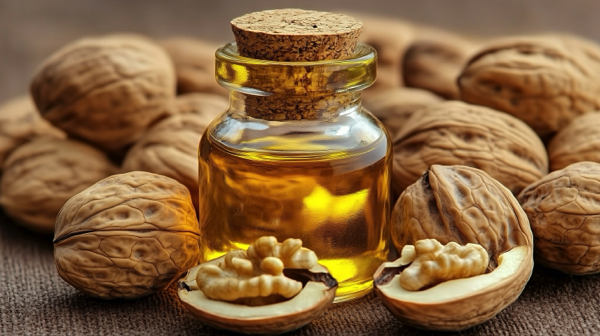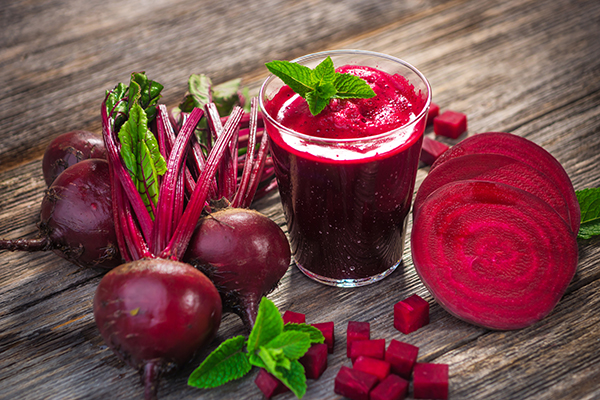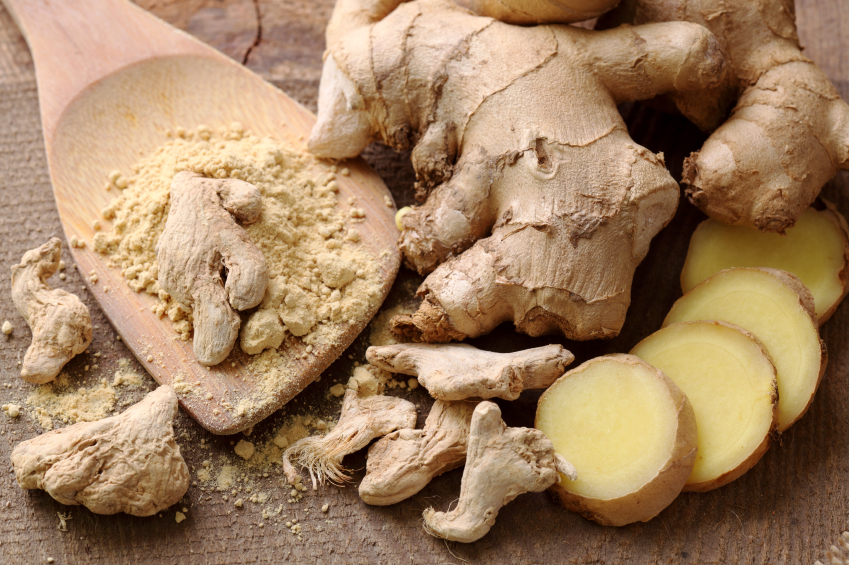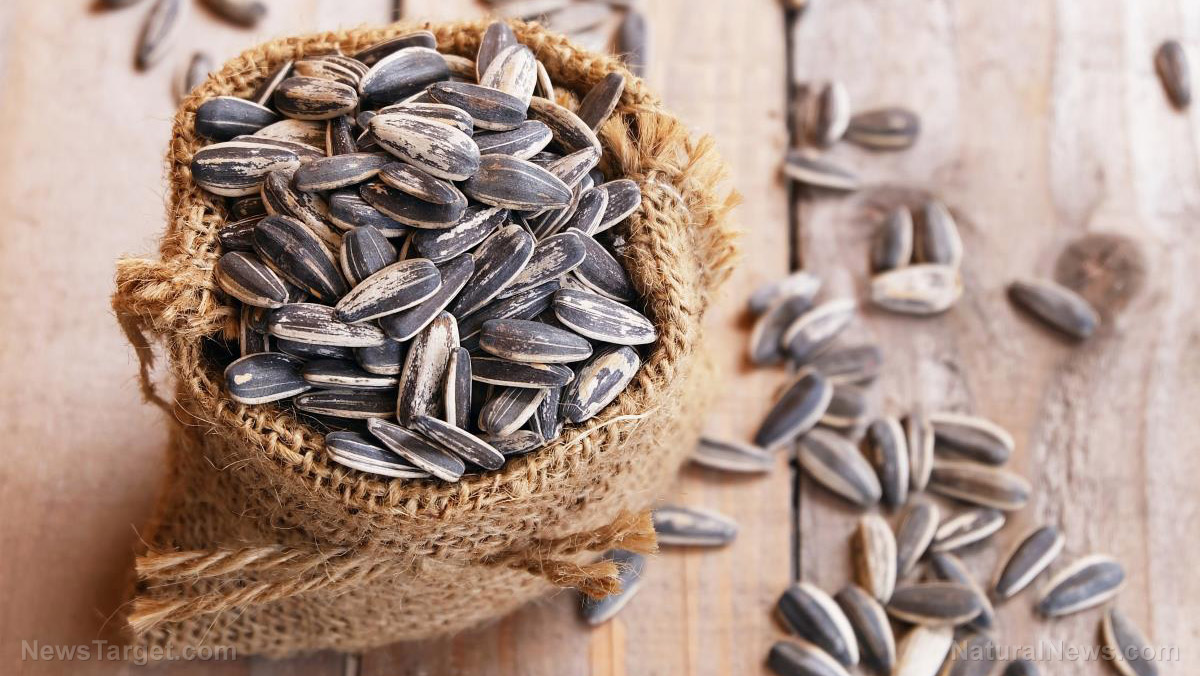Cauliflower: A versatile superfood packed with nutrients and health benefits
08/06/2025 / By Laura Harris

- Cauliflower is rich in vitamins C and K, folate, choline and fiber, supporting immunity, bone health, brain function, digestion and cancer prevention.
- Cauliflower originated in the Mediterranean and was refined in Europe, becoming a global dietary staple by the 18th century.
- Cauliflower can be used to make cauliflower rice, mash and pizza crust. It serves as a low-carb alternative in many diets, including keto and gluten-free.
- Choose organic cauliflower to avoid pesticide exposure. Cauliflower’s high fiber content may cause digestive discomfort in some individuals.
- Cauliflower contains compounds like sulforaphane and glucosinolates that support liver detoxification and help reduce inflammation.
Cauliflower, often overshadowed by its vibrant vegetable cousins, is a nutritional powerhouse that deserves a spotlight in any health-conscious diet. This cruciferous vegetable is celebrated for its versatility, mild flavor and impressive nutrient profile. Whether roasted, mashed or blended into rice-like grains, cauliflower has become a staple in modern kitchens, especially for those seeking low-carb, anti-inflammatory and detoxifying foods.
Cauliflower traces its roots back to ancient Mediterranean and Middle Eastern regions. Historians believe it was first cultivated in Cyprus around 500 BCE before spreading to Turkey, Syria and Egypt. By the Middle Ages, cauliflower had reached Spain and Italy, where it became a delicacy among the elite.
The modern cauliflower was refined in 16th-century Europe, particularly in France and England. Unlike its wild ancestor, which was a leafy, bitter plant, selective breeding transformed cauliflower into the dense, creamy-white vegetable it is today.
By the 18th and 19th centuries, cauliflower had spread globally, becoming a staple in various cuisines from India to North America. Today, cauliflower is grown worldwide, with China, India and the U.S. leading production. (Related: Cauliflower: From ancient crop to modern superfood.)
Nutritional profile and health benefits
Cauliflower is low in calories but packed with essential nutrients, making it a favorite among nutritionists and wellness experts. Here’s a breakdown of its key benefits:
Boosts immunity and collagen production
- Cauliflower is rich in vitamin C, providing about 77 percent of the daily recommended intake per cup. Vitamin C strengthens the immune system and helps fight infections. Additionally, vitamin C plays a crucial role in collagen synthesis, promoting skin elasticity and wound healing.
Supports bone health and blood clotting
- The vitamin K in cauliflower enhances calcium absorption, reducing the risk of osteoporosis and fractures. It also aids in proper blood clotting, preventing excessive bleeding from injuries.
Essential for DNA synthesis and cell repair
- Folate (B9) in cauliflower is vital for DNA replication and cell division, making it especially important during pregnancy for fetal development. It also helps prevent neural tube defects and supports red blood cell production.
Supports brain function and liver health
- Cauliflower contains choline, a nutrient that enhances memory, mood regulation and neurotransmitter function. It also assists the liver in metabolizing fats and removing toxins efficiently.
Promotes gut health and digestion
- The fiber in cauliflower feeds beneficial gut bacteria, improves digestion and prevents constipation. Fiber also helps regulate blood sugar levels and promotes satiety, which aids in weight management.
Prevents cancer
- Cauliflower contains sulforaphane and indole-3-carbinol — powerful antioxidants that help neutralize free radicals and reduce oxidative stress. These compounds help lower the risk of breast, prostate and colon cancers by inhibiting tumor growth.
Low-carb and keto-friendly
- With only 5 g of net carbs per cup, cauliflower is an excellent low-carb alternative to grains and starchy foods. Its neutral flavor allows it to be transformed into cauliflower rice, pizza crust and mashed “potatoes,” making it a favorite in ketogenic and diabetic-friendly diets.
Supports detoxification
- The sulfur-containing compounds in cauliflower like glucosinolates enhance liver detoxification by activating enzymes that eliminate harmful toxins. This process helps reduce inflammation and supports overall metabolic health.
While cauliflower is highly nutritious and beneficial for overall health, there are a few safety considerations to keep in mind.
First, conventionally grown cauliflower may contain pesticide residues, such as chlorpyrifos (linked to neurological issues) and imidacloprid (a neonicotinoid insecticide). To minimize exposure, opt for organic cauliflower. While cauliflower is not a major accumulator of heavy metals, it can still absorb trace amounts from the soil. Thorough washing can help reduce contaminants.
Some individuals may also experience digestive sensitivity due to cauliflower’s high fiber and FODMAP content, which can cause bloating or gas. Cooking cailiflower thoroughly or consuming it in moderation can help mitigate these effects. By choosing organic options and preparing cauliflower mindfully, you can safely enjoy its many health benefits while minimizing potential risks.
Culinary uses of cauliflower
One of cauliflower’s greatest strengths is its adaptability. Here are some delicious ways to enjoy cauliflower:
Cauliflower rice
- A low-carb alternative to grains, simply pulse florets in a food processor and sauté.
Roasted cauliflower
- Toss florets with olive oil, turmeric and garlic for a crispy, flavorful side dish.
Mashed cauliflower
- Boil and blend with garlic, butter and nut milk for a creamy, potato-free mash.
Cauliflower pizza crust
- A gluten-free base made with riced cauliflower, eggs and cheese.
Cauliflower is a nutritional superstar with detoxifying, anti-inflammatory and low-carb benefits. Whether you’re keto, vegan or just looking to boost your veggie intake, cauliflower’s versatility makes it a must-have in a well-balanced diet.
This story is not medical advice and is not intended to treat or cure any disease. Always consult with a qualified naturopathic physician for personalized advice about your specific health situation or concern.
Visit NaturalNews.com, a great article source where you can learn about superfoods and their health benefits.
You can also try Brighteon.ai, an AI model created by Mike Adams, also known as the Health Ranger. This model is available as a free download to be run locally and is designed to help share and decentralize knowledge. By doing so, it aims to bypass censorship and empower people with knowledge.
If you’re looking for an uncensored video free speech website where you can openly discuss nutrition, natural medicine, ingredients and more, check out Brighteon.com and out two free speech social media sites, Brighteon.IO and Brighteon.social.
Watch this video to learn how to make a yummy dish made of cauliflower and tofu.
This video is from the CookingIna channel on Brighteon.com.
More related stories:
Cauliflower: From ancient crop to modern superfood.
Cauliflower: A nutritious vegetable with incredible health benefits.
Roasted cauliflower is a “healthy” guilty pleasure – here’s how to enjoy it.
Sources include:
Submit a correction >>
Tagged Under:
This article may contain statements that reflect the opinion of the author
RECENT NEWS & ARTICLES
COPYRIGHT © 2017 SUPERFOODS NEWS





